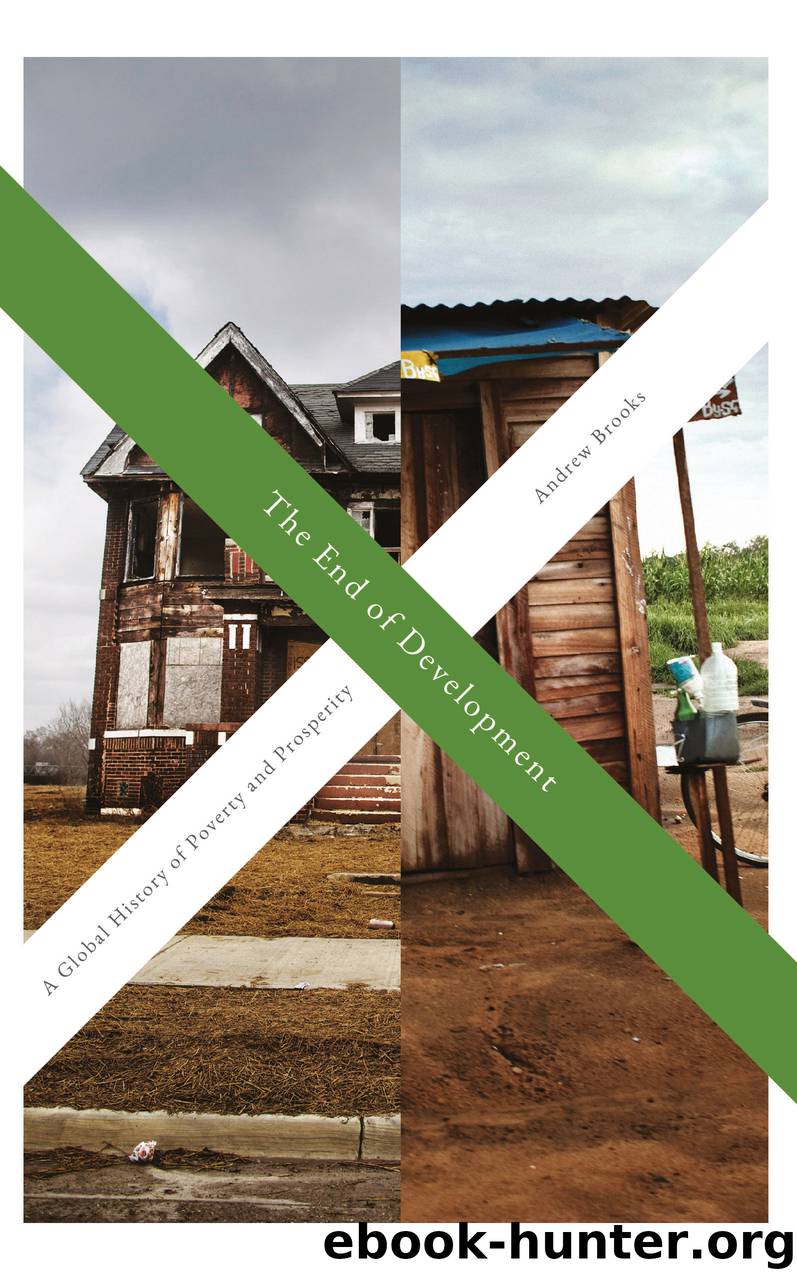The End of Development by Andrew Brooks

Author:Andrew Brooks
Language: eng
Format: epub
ISBN: 9781786990228
Publisher: National Book Network International
Published: 2017-04-17T04:00:00+00:00
chapter 6
East Asian tigers
Culture wars
South Korea’s compelling television dramas and manufactured music acts are popular across East Asia. People like the aspirational lifestyles, flashy costumes and catchy rhythms. Chinese and Japanese audiences listen avidly to the latest releases from big K-pop stars. Rain – the stage name of Jung Ji-hoon – had success across singing and acting in Japan throughout the 2000s and 2010s. In 2012, singer Psy released the global hit ‘Gangnam Style’ and his music video became the first film to exceeded 1 billion views on YouTube.1 TV show ‘Uncomfortably Fond’ attracted a huge following in China and was among the most streamed series. Seoul’s entertainment industry is huge and South Korean pop culture fuels an important export sector. In a similar fashion to the way that Elvis captured worldwide attention and acclaim in the mid-twentieth century, new Asian cultural icons are drawing in huge audiences in the East. No one figure can rival the King of Rock and Roll for cultural impact, but cumulatively the new breed of multimedia stars have become a powerful phenomenon. The success of these twenty-first-century entertainers, who combine artistry with a mastery of new technology, mirrors the spectacular rise of their national economy. South Korea has gone from being an economic backwater to the home of major transnational corporations including Hyundai and Samsung that specialize in hi-tech goods. Performance in the manufacturing and cultural industries is inter-related to decades of strict economic policies and a close strategic relationship with the US.
In the mid-2010s Korean stars became the unlikely victims of increased geopolitical tensions. In the waters of the western Pacific, along the maritime fringe of East Asia, there are scattered archipelagos of islands and isolated atolls. Barren rocks, reefs and extinct volcanoes that appear as mere pin pricks on maps are hotly contested between different national states. Security and defence, oil and gas reserves, fishing rights, tourism, fragile ecosystems, colonial legacies and national pride are all at stake in the stand-offs between Asian powers. The Spratly Islands in the South China Sea are the most disputed territories and are wholly or partially claimed by Brunei, China, Malaysia, Philippines, Taiwan and Vietnam. Elsewhere, South Korean President Lee Myung-bak visited some largely uninhabited islands in fish-rich waters at the centre of a territorial dispute with Japan in 2012. The tiny, 0.19 km2 Liancourt Rocks, called ‘Dokdo’ in Korean and ‘Takeshima’ in Japanese are controlled by South Korea, but claimed by Japan. Following the provocative presidential visit an anti-Korean backlash led to once widely popular South Korean TV shows and music acts being abruptly banished from Japanese broadcast channels.2
Territorial disputes over small islands are a harbinger for greater threats to peace and stability in the East Asian region. Ultimately the fear of nuclear war underpins insecurity. Aggressive and defensive deployments of new weaponry can alter the balance of power and spill over to have unforeseen social and political effects. In 2016, K-pop musicians took the heat as South Korea had angered China by announcing that a United States missile-defence system was going to be installed on its soil.
Download
This site does not store any files on its server. We only index and link to content provided by other sites. Please contact the content providers to delete copyright contents if any and email us, we'll remove relevant links or contents immediately.
Waking Up in Heaven: A True Story of Brokenness, Heaven, and Life Again by McVea Crystal & Tresniowski Alex(37675)
Still Foolin’ ’Em by Billy Crystal(36280)
Cecilia; Or, Memoirs of an Heiress — Volume 1 by Fanny Burney(32435)
Cecilia; Or, Memoirs of an Heiress — Volume 2 by Fanny Burney(31871)
Cecilia; Or, Memoirs of an Heiress — Volume 3 by Fanny Burney(31856)
Fanny Burney by Claire Harman(26527)
Empire of the Sikhs by Patwant Singh(22974)
We're Going to Need More Wine by Gabrielle Union(18969)
Hans Sturm: A Soldier's Odyssey on the Eastern Front by Gordon Williamson(18485)
Plagued by Fire by Paul Hendrickson(17333)
Out of India by Michael Foss(16791)
All the Missing Girls by Megan Miranda(15579)
Cat's cradle by Kurt Vonnegut(15186)
Pimp by Iceberg Slim(14396)
Molly's Game by Molly Bloom(14074)
Bombshells: Glamour Girls of a Lifetime by Sullivan Steve(13976)
Leonardo da Vinci by Walter Isaacson(13187)
For the Love of Europe by Rick Steves(13032)
4 3 2 1: A Novel by Paul Auster(12286)
